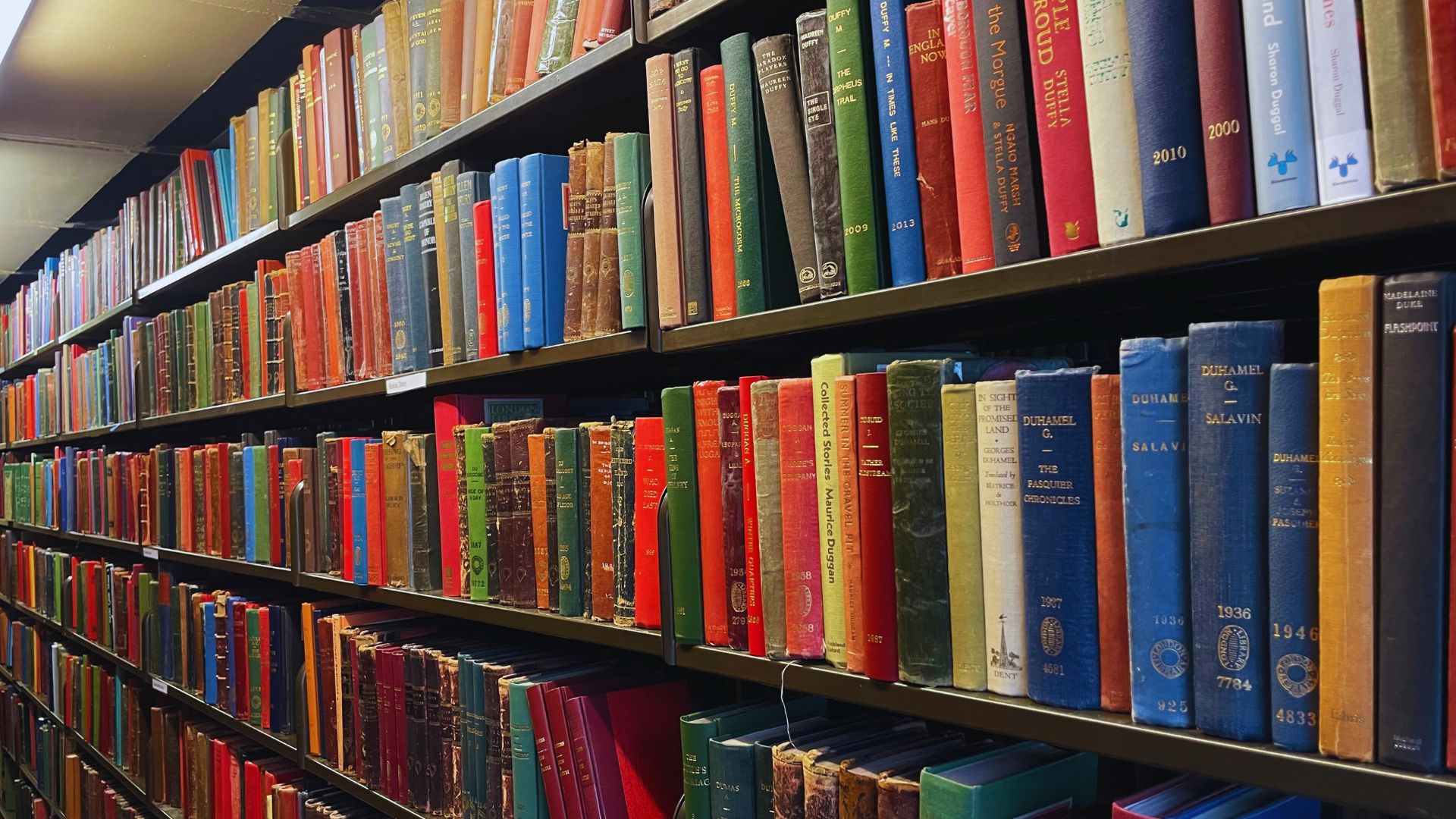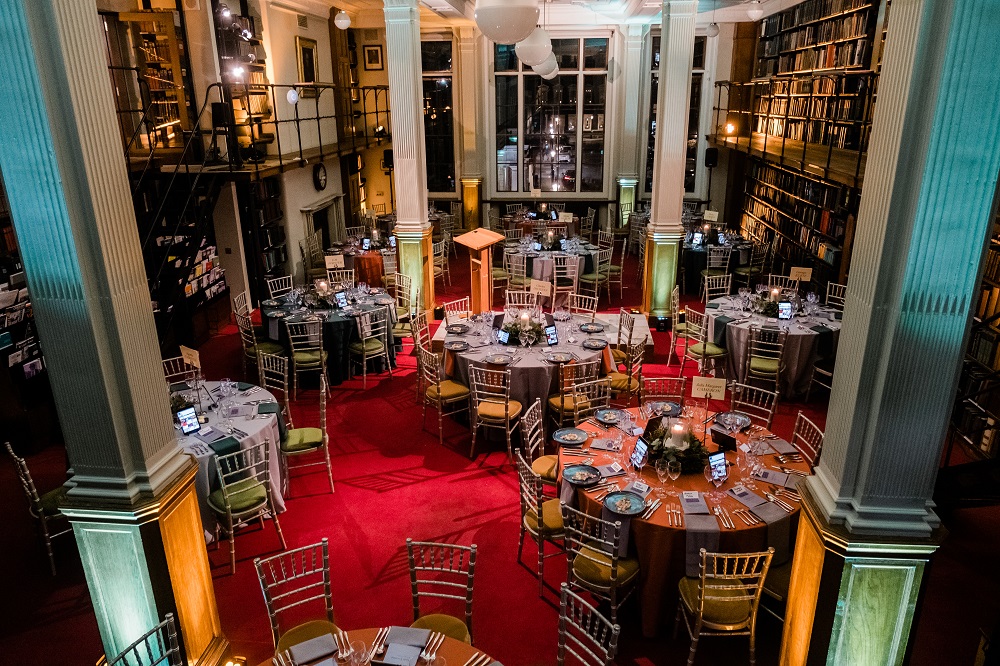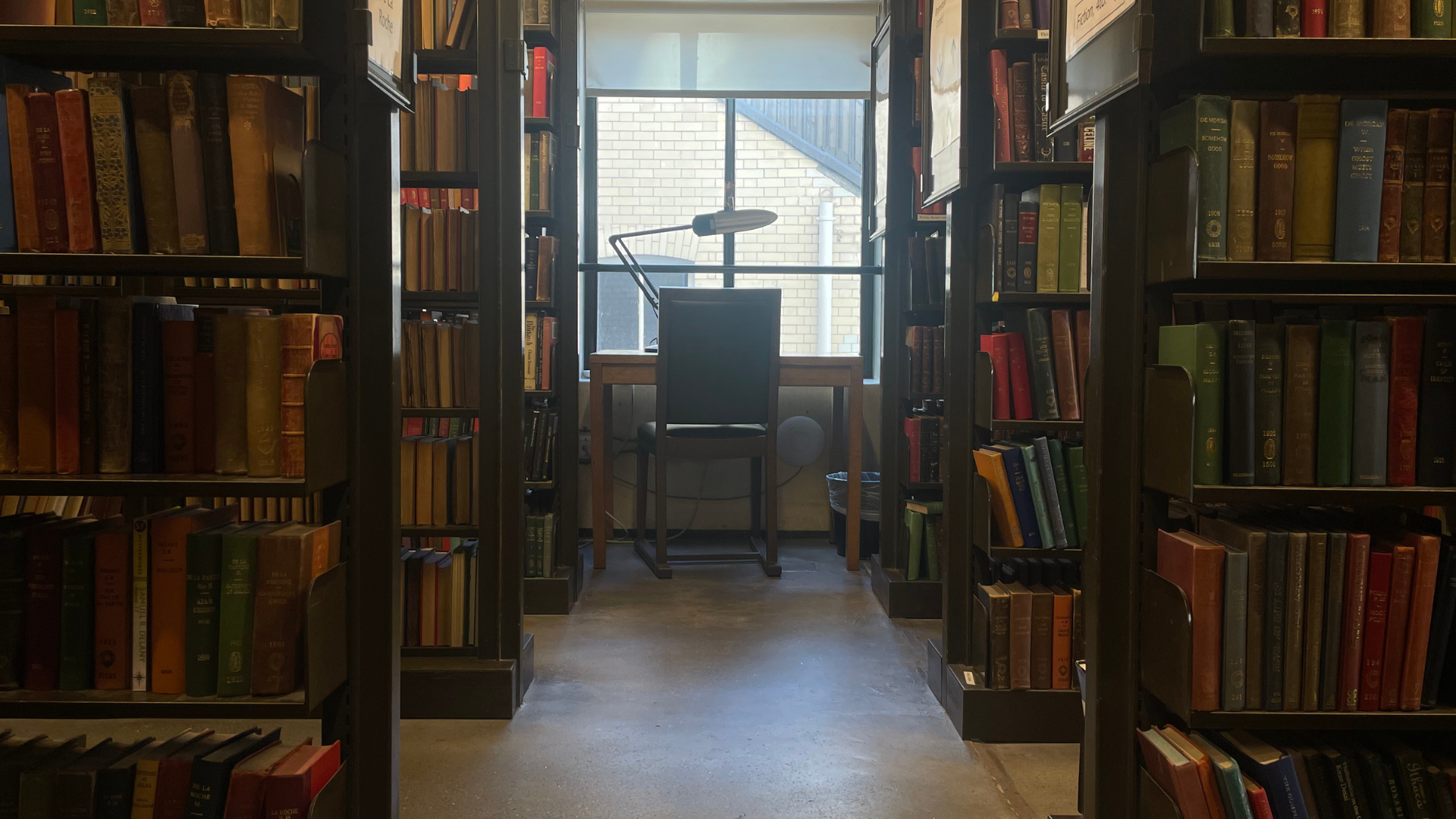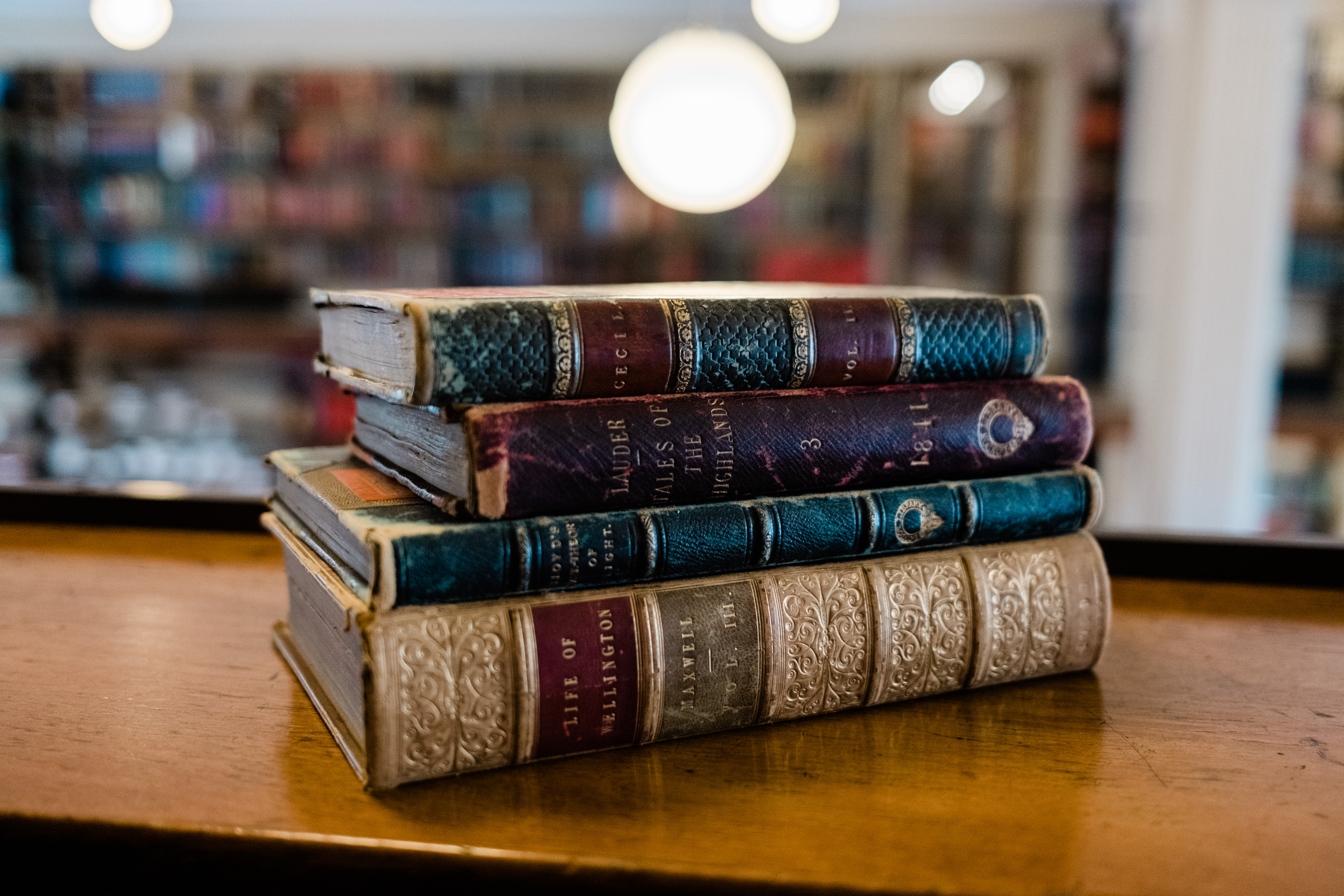The Folklore collection at The London Library forms a substantial section in Science & Miscellaneous, with works from the 18th to the 21st century in English and many other languages. The universal subject of Folklore and its deeply rooted place in the cultural fabric of nationalities is reflected in the Library’s collections. About half of the section has been retrospectively catalogued and contains a wide range of works on different strands of folklore; traditional and popular beliefs, customs, legends, fairy tales and music.
Studies on King Arthur, the medieval and mythological figure can be found here, with works discussing the legend in its many guises; Merlin, the Holy Grail, King Arthur’s Knights and the Round Table. Some interesting works that recently or soon to be retrospectively catalogued are: Arthur of Britain by E.K. Chambers (1927); La légende arthurienne: études et documents. Première partie, Les plus anciens textes by Edmond Faral (1929) and The Holy Grail, its legends and symbolism: an explanatory survey of their embodiment in romance literature and a critical study of the interpretations placed thereon by Arthur Edward Waite (1933). Interest on the legend is still as popular as ever, as recent acquisitions such as Worlds of Arthur: facts and fictions of the dark ages by Guy Halsall (2013) and The true history of Merlin the Magician by Anne Lawrence-Mathers (2012) suggest.
The major role of folklore collected and transcribed through oral tradition is seen in titles such as Tales of the fairies and of the ghost world’ collected from the oral tradition in South-west Munster by Jeremiah Curtin (1895) and Old Deccan days, or, Hindoo fairy legends current in southern India collected from oral tradition by M. Frere (1868).
Popular beliefs, traditions and tales are also included in works from abroad in the recently catalogued Curiosità popolari tradizionali series of books from different parts of Italy, and volumes in the series Les littératures populaires de toutes les nations include works from France, Greece, Turkey and China. Religious folklore is seen in Folk-lore of the Holy Land: Moslem, Christian and Jewish by J.E. Hanauer (1907).
The handed-down tradition of Folk music by unknown composers is seen in the folk songs of India, Greece, Serbia and Canada housed in the Library’s collections; Greek folk-songs from the Turkish provinces of Greece … Albania, Thessaly, (not yet wholly free,) and Macedonia: literal and metrical translations by Lucy M.J. Garnett (1885) are particularly note-worthy.
Fairy tales are a large part of the folklore section and probably the most well-known are Grimm’s fairy tales – Kinder- und Hausmärchen. Both early and current editions of the tales, including criticism, can be found here and have now all been retrospectively catalogued. In addition, some books on fairy tales from other parts of the world have also just been added such as: Welsh fairy-tales and other stories collected and edited by P.H. Emerson (1894); Chinese fairy tales told in English by Herbert A. Giles (1911) and Fairy folk tales of the Maori by James Cowan (1925).
The customs, superstitions and practices of subcultures are also explored. Sir James George Frazer’s famous work, The Golden Bough, a comparative study of mythology and religion (1890), includes such topics including a chapter on ‘Christmas and the mistletoe’, as does a more modern take on ‘superstition’, Old wives’ tales by Eric Maple (1981).
Other topics of interest found in the Library’s folklore collection retrospectively catalogued or soon to be, are books on moon mythology:Moon lore by Timothy Harley (1885); plant lore: La mythologie des plantes, ou, Les légendes du règne végétal by Angelo de Gubernatis (1878-1882) and The mystic mandrake by C.J.S. Thompson (1934); animal mythology: Un-natural history, or, Myths of ancient science: being a collection of curious tracts on the basilisk, unicorn, phoenix, behemoth or leviathan, dragon, giant spider, tarantula, chameleons, satyrs, homines caudati, &c. now first translated from the Latin, and edited, with notes and illustrations, by Edmund Goldsmid (1886); and werewolves: The werewolf by Montague Summers (1933).
The enduring popularity of Folklore influence is seen in the rise of contemporary fiction writing in this genre (notable in the Harry Potter series where mandrakes, unicorns, basilisks, dragons, phoenixes, giant spiders and werewolves feature), and is reflected in recent Library acquisitions Mythic thinking in twentieth-century Britain: meaning for modernity by Matthew Sterenberg (2013), The white devil: the werewolf in European culture by Matthew Beresford (2013) and The rise of the vampire by Erik Butler (2013).
Toni Amodei (Library Cataloguer)
Images:
Picture 1: Title-page and frontispiece from Old Deccan days, or, Hindoo fairy legends, current in southern India / collected from oral tradition by M. Frere (1868).
Picture 2: One of the volumes from the series Curiosità popolari tradizionali.
Picture 3: Illustration from German popular stories / with illustrations after the original designs of George Cruikshank ; edited by Edgar Taylor (1868).
Picture 4: Title-page and frontispiece from Fairy folk tales of the Maoriby James Cowan (1925).
Picture 5: Title-page and frontispiece from The mystic mandrake by C.J.S. Thompson (1934).
Picture 6: Title-page from Un-natural history, or, Myths of ancient science now first translated from the Latin, and edited, with notes and illustrations, by Edmund Goldsmid (1886).
Picture 7: Illustration from The werewolf by Montague Summers (1933).






















